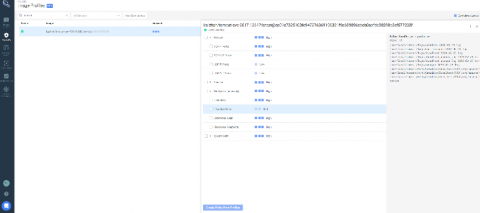Hybrid Cloud Security
Hybrid cloud is an increasingly popular infrastructure option for companies in industries from game development to finance. But what is it, and what are the most effective hybrid cloud security practices for protecting your sensitive and regulated data?











